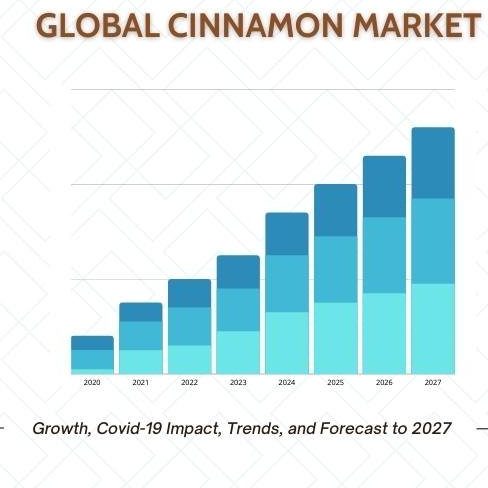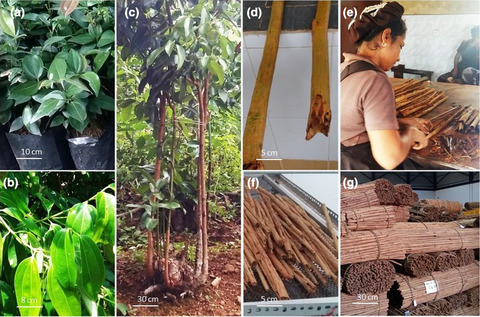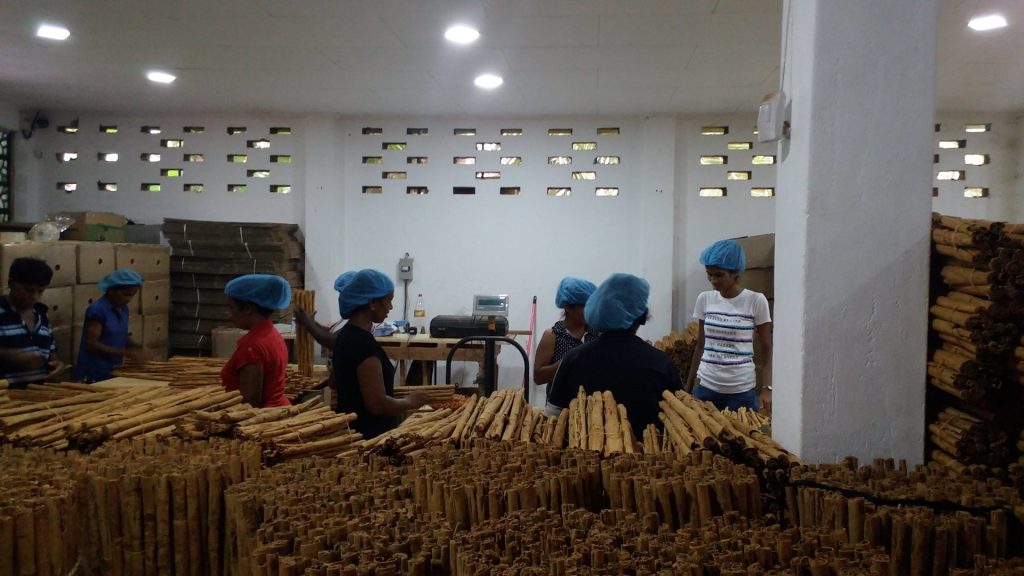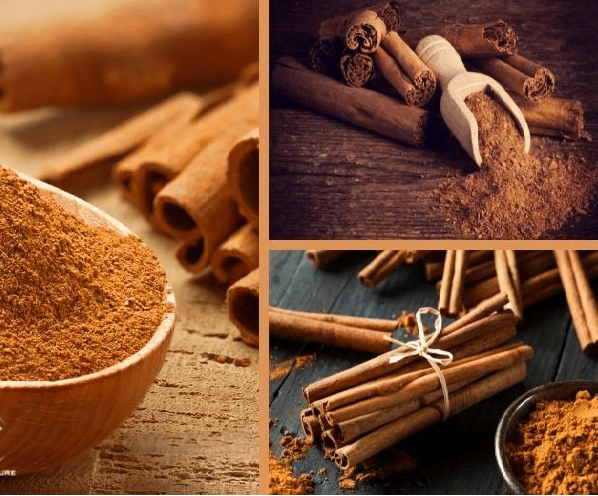Cinnamon, originating from Sri Lanka, held early significance in ancient Egypt and the Roman Empire. Valued for its rarity, it symbolized wealth and luxury. Control of its trade routes by Arab merchants fueled exploration in the Middle Ages, and European colonial powers sought direct access, shaping global commerce in the 16th century.

Historical Context of cinnamon
Cinnamon has a rich history as a valuable and sought-after spice, dating back to ancient times. Its origins can be traced to Sri Lanka, where it was harvested as early as 2000 BCE. In ancient Egypt, cinnamon was highly prized and used in embalming processes, illustrating its early cultural and economic significance.
During the Roman Empire, cinnamon became a symbol of luxury and wealth. The spice was traded along the famous Silk Road, making its way to the Mediterranean region. Its scarcity and exotic appeal contributed to its high value and became associated with opulence and social status.
In the Middle Ages, cinnamon remained a highly coveted commodity. Arab traders controlled the spice trade routes, creating a lucrative monopoly. Europeans, particularly in the Mediterranean, craved cinnamon for its distinctive flavor and medicinal properties. Its scarcity fueled exploration and trade endeavors, contributing to the Age of Exploration.
By the 16th century, European colonial powers sought direct access to cinnamon-producing regions, leading to the discovery of new spice-rich territories like Ceylon (modern-day Sri Lanka) by Portuguese and later Dutch explorers.
The spice trade played a pivotal role in shaping global commerce and cultural exchange, making cinnamon a symbol of the interconnectedness of civilizations throughout history.
Cultivation and Production
Cultivation: Cinnamon trees thrive in warm and humid climates, requiring well-drained soil and regular rainfall. Propagation often involves planting cuttings rather than seeds, as this method ensures the preservation of desirable traits. The trees are typically grown for two years before the first harvest, reaching maturity in about 10 to 15 years. Cinnamon trees are pruned to encourage lateral branching, facilitating easier harvesting of the inner bark.

Harvesting: The harvesting process is meticulous. Farmers carefully select branches for stripping, usually during the rainy season when the bark is more pliable. The outer bark is removed first, exposing the inner bark, which is then scraped in long, thin strips. These strips, known as quills, are then left to dry, curling into the characteristic cinnamon stick shape during the process.
Processing: Once dried, the cinnamon quills are sorted based on quality. Ceylon cinnamon is often preferred for its mild, sweet flavor, while cassia cinnamon has a stronger, more pungent taste. The quills can be ground into powder or sold as whole sticks. The essential oil extracted from cinnamon bark is also highly valued for its aromatic and therapeutic properties.
Global Production: Sri Lanka remains a significant player in the global cinnamon market, producing most of Ceylon cinnamon. Other major producers include China, Indonesia, Vietnam, and Madagascar. The production and export of cinnamon contribute significantly to the economies of these countries, creating employment opportunities and driving international trade.
Economic Significance in Producing Regions
The economic significance of cinnamon in producing regions is profound, contributing substantially to the livelihoods of farmers, local economies, and the overall trade dynamics of these regions. Several key aspects highlight the economic importance of cinnamon cultivation and production.

1. Employment Opportunities: Cinnamon cultivation provides a source of employment for a significant number of people in producing regions. From planting and tending to the trees to harvesting and processing the bark, various stages of cinnamon production require skilled labor. This employment extends beyond farms to encompass jobs in processing facilities, transportation, and the spice industry as a whole, creating a web of economic activity.
2. Foreign Exchange Earnings: Cinnamon is a major export commodity for producing countries, generating substantial foreign exchange earnings.
The international demand for cinnamon, driven by its diverse uses in the food, pharmaceutical, and cosmetic industries, ensures a steady income stream for these nations. The revenue generated from cinnamon exports contributes to balancing trade deficits and bolstering the overall economic health of the countries involved.
3. Economic Diversification: For many producing regions, cinnamon cultivation serves as a means of economic diversification. By engaging in the cultivation and export of cinnamon, these regions reduce their dependence on a narrow range of agricultural products and commodities. Economic diversification enhances resilience to market fluctuations and external shocks, providing a more stable foundation for sustained economic growth.
4. Smallholder Livelihoods: Cinnamon cultivation is often carried out by smallholder farmers, and its economic significance is particularly crucial for these individuals and families. The income derived from cinnamon sales can improve living standards, fund education, and provide access to better healthcare. As a cash crop, cinnamon allows farmers to participate in the market economy and lifts many out of poverty.
“Cinnamon’s Enchanting Role: Spice of Christmas Joy and Warmth”
Cinnamon Global Trade
The global trade of cinnamon is a vibrant and essential component of the spice industry. Major producers like Sri Lanka, China, and Indonesia play pivotal roles, exporting different varieties such as Ceylon and cassia cinnamon to meet diverse market demands. Cinnamon’s applications in the food, pharmaceutical, and cosmetic industries contribute to its widespread global consumption.
International trade routes efficiently connect producing nations to consumer markets worldwide, facilitated by established shipping networks. Price dynamics are influenced by factors like weather conditions, geopolitical events, and shifts in consumer preferences. Regulatory compliance with international standards and the growing emphasis on sustainability and certifications, such as organic and fair trade, shape trade practices.
Market trends reflect changing culinary preferences and an increasing awareness of cinnamon’s health benefits. Challenges, including climate change impacts and competition among producing countries, underscore the need for sustainable practices in cinnamon cultivation. Overall, the global trade of cinnamon remains dynamic, reflecting a delicate balance between tradition, market forces, and evolving consumer expectations.

Challenges of the cinnamon industry
The cinnamon industry faces various challenges that impact cultivation, production, and trade. Environmental factors pose a significant threat, with climate change leading to unpredictable weather patterns affecting cinnamon cultivation regions. Irregular rainfall, temperature fluctuations, and extreme weather events can impact crop yields and quality.

Disease outbreaks represent another major challenge. Cinnamon trees are susceptible to fungal infections and pests, which can devastate plantations if not effectively managed. Controlling these diseases often requires careful monitoring, timely interventions, and sustainable agricultural practices.
Market fluctuations present economic challenges for both producers and traders. Fluctuations in demand, driven by changing consumer preferences or global economic conditions, can impact prices. This volatility poses risks for those involved in the cinnamon trade, affecting revenue and livelihoods.
Additionally, increasing competition among producing countries adds complexity. The rise of new cinnamon-producing regions and evolving trade dynamics necessitate strategic adaptations to maintain market share and ensure economic sustainability.
Addressing these challenges requires a multi-faceted approach, including research into climate-resilient cultivation methods, disease-resistant varieties, and market diversification. Collaboration among industry stakeholders, adoption of sustainable practices, and investment in technology and research are essential to fortify the cinnamon industry against these formidable challenges.
“Cinnamon’s Enchanting Role: Spice of Christmas Joy and Warmth”
The cinnamon industry opportunities
The cinnamon industry presents opportunities for sustainable practices and innovations. Adoption of agroforestry models, integrating cinnamon cultivation with other crops, promotes biodiversity and soil health. Precision agriculture technologies can optimize resource use, reducing environmental impact.
Embracing organic farming practices not only meets consumer demand but also enhances soil fertility. Investment in research for disease-resistant varieties and climate-resilient cultivation methods can bolster long-term sustainability. These initiatives not only mitigate environmental challenges but also position the cinnamon industry to meet growing demand while promoting ecological responsibility.
“Cinnamon’s Enchanting Role: Spice of Christmas Joy and Warmth”
Future Trends of Cinnamon Industry
An emerging trend in the cinnamon industry is the heightened demand for organic and sustainable products. Consumers are increasingly prioritizing health and environmental consciousness, driving a shift towards organic cinnamon free from synthetic pesticides and fertilizers. Sustainable cultivation practices, such as agroforestry and eco-friendly processing methods, are gaining prominence.

As consumers become more informed about the environmental impact of their choices, the cinnamon industry is responding with a focus on transparency, ethical sourcing, and eco-friendly initiatives, reflecting a broader global movement towards responsible and sustainable consumption.
Future scenarios in the cinnamon industry may witness advanced cultivation methods, including precision agriculture and vertical farming, optimizing resource use. Innovations in disease-resistant varieties could enhance crop resilience. The development of eco-friendly processing technologies and packaging solutions may reduce environmental impact.
As consumer preferences continue to shift towards sustainability, the industry may see increased adoption of agroforestry and organic farming practices. Additionally, advancements in genetic research might lead to the creation of new cinnamon varieties with unique flavors and properties, catering to evolving culinary and medicinal trends. These scenarios highlight a potential future characterized by technological and sustainable innovations in the cinnamon industry.
Conclusion
Cinnamon holds a significant economic impact on a global scale, contributing to both agricultural and culinary sectors. As a key spice, it plays a vital role in international trade, with major producing countries such as Sri Lanka, Indonesia, China, and Vietnam dominating the market. The spice industry provides employment opportunities for countless individuals involved in cultivation, harvesting, and processing.
The demand for cinnamon has surged due to its widespread use in the food and beverage industry, pharmaceuticals, and cosmetics. Its versatile applications in various products, including baked goods, teas, and essential oils, contribute to a robust market. The global cinnamon market’s economic impact extends beyond primary production, encompassing transportation, packaging, and retail.
Additionally, cinnamon’s health benefits, such as antioxidant properties and potential anti-inflammatory effects, have fueled its popularity, driving further market growth. The spice’s economic influence is also evident in the tourism industry, as regions known for cinnamon production attract visitors interested in the spice’s origin and cultivation. Overall, cinnamon’s economic significance underscores its role as a valuable commodity with far-reaching implications for international trade and local economies.
